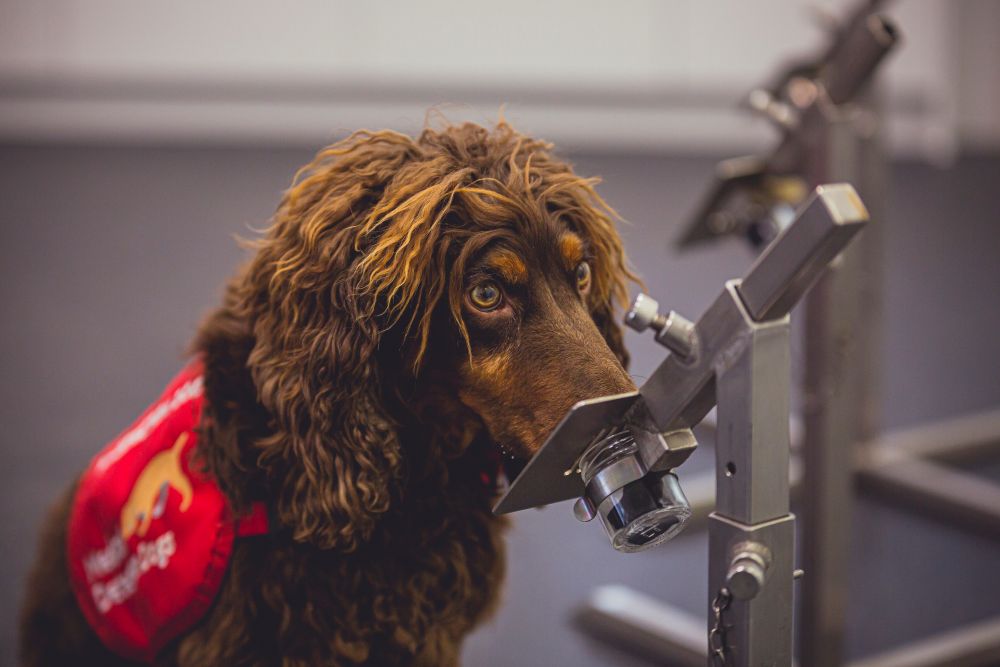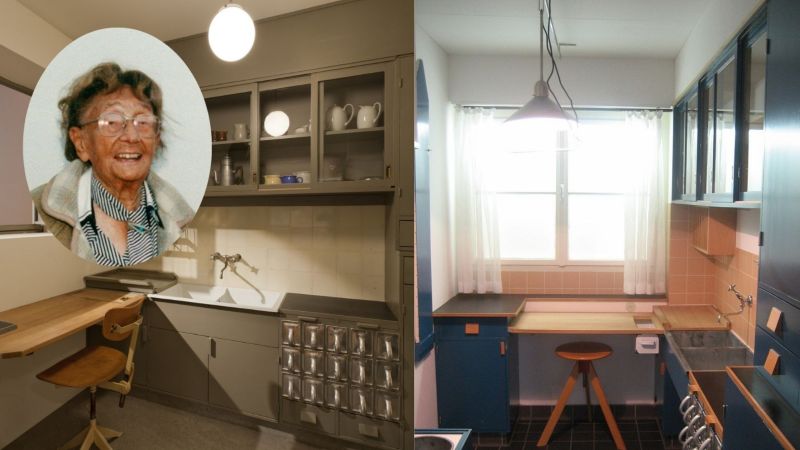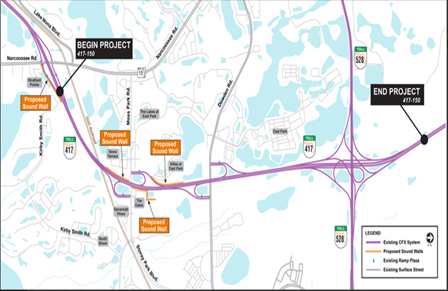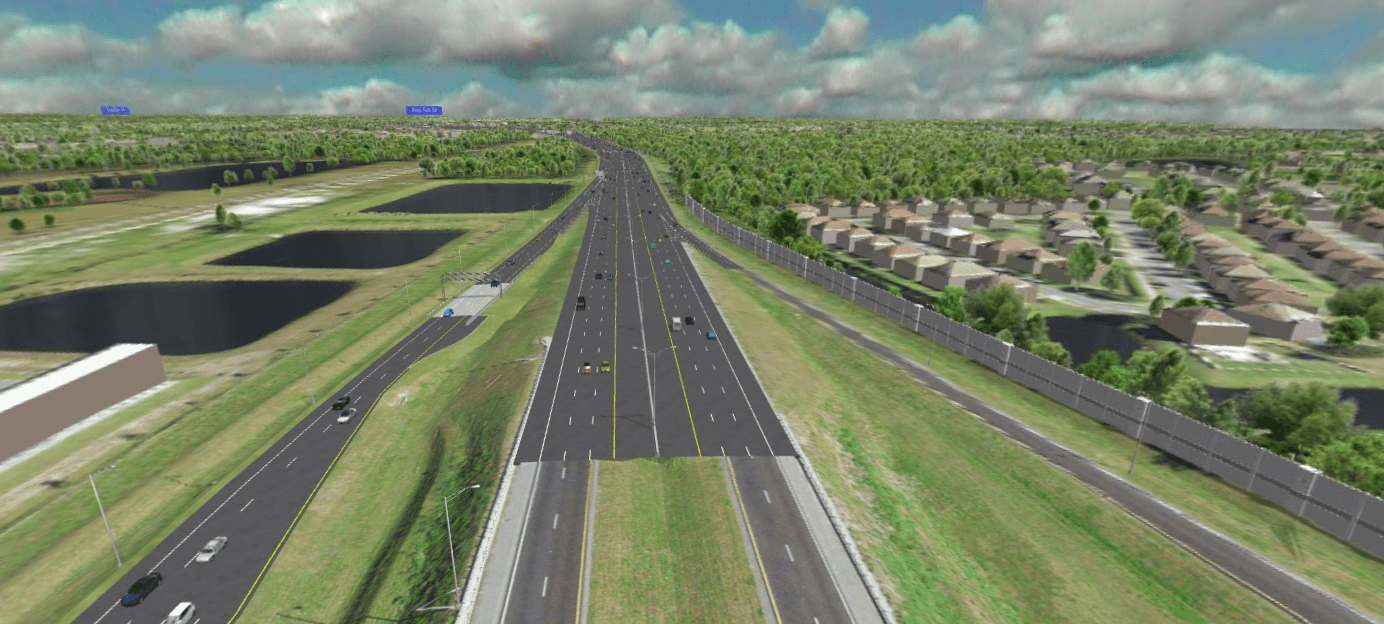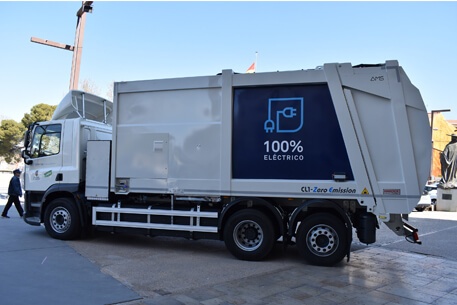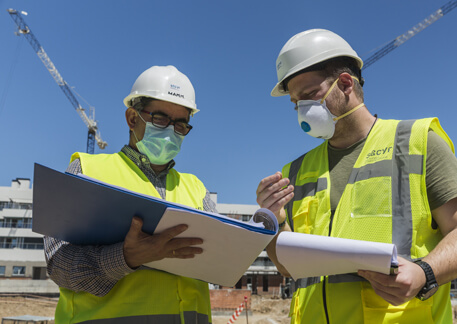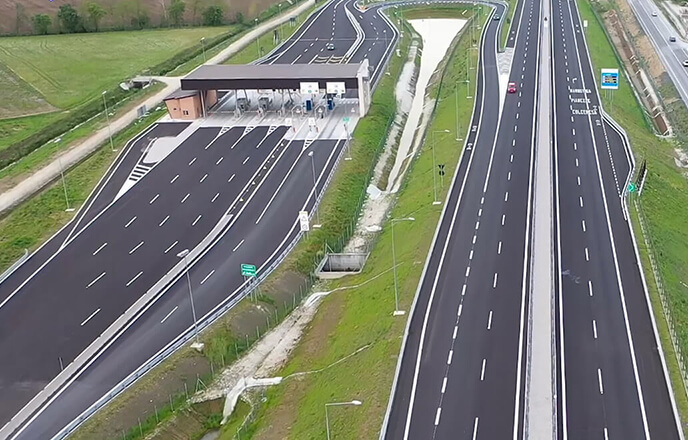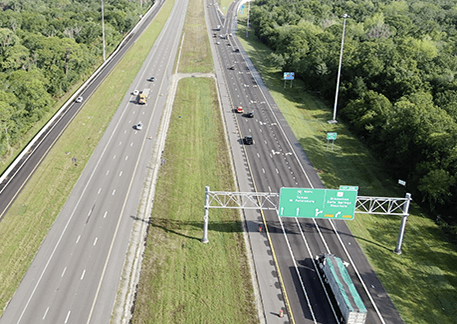ISABEL RUBIO ARROYO | Tungsteno
They may be man's best friends, but their loyalty goes far beyond simple companionship. With a sense of smell thousands of times more powerful than our own, and an extraordinary intelligence and trainability, dogs have become modern heroes, able to detect leaks, identify pests, assist in medical diagnoses, and perform feats that have saved many lives.
Leak detection dogs
Some dogs have transformed the way hidden leaks in underground drinking water networks are detected. Suki is a pioneer in Latin America, identifying leaks that would otherwise remain invisible, even beneath asphalt or soil. The process begins with satellite imagery to pinpoint critical areas, after which the dog tracks and accurately marks the precise location of the leak thanks to her remarkable sense of smell, capable of detecting chlorine deep underground. "After rigorous training, Suki has covered 235 kilometres, detecting 608 leaks with a 96% success rate, helping to recover enough water to supply more than 10,000 people for a year," explained Franco Nicoletti, Distribution and Collection Manager at Aguas Andinas, in an interview with the newspaper EL PAÍS.
Suki, a dog trained in Chile to detect hidden underground water leaks. Credit: CNN Chile
Similar programmes have also been implemented in countries such as Belgium, where the company The Sniffers began using dogs in 1991 to detect leaks in rural and hard-to-reach chemical installations. "Our dogs locate gas leaks, oil leaks, leaks in oil-cooled high-voltage cables, and even illegal taps quickly, accurately and efficiently," the company explains.
Dogs that track hidden pests
Termites cause significant damage to buildings around the world, and some dogs are specially trained to detect them. In the 1980s, researchers at Ohio State University certified teams of beagles capable of locating live termite colonies, even when only eight specimens were present in a piece of wood. Canines can also detect mould. According to the company Mold Solutions, they can identify spores and mycotoxins with a sensitivity 1,000 to 10,000 times greater than that of humans. This ability speeds up inspections by pinpointing mould without the need for invasive methods, saving both time and money.
Allies in laboratories
Thanks to their remarkable olfactory ability, which enables them to identify specific volatile organic compounds associated with various pathologies, dogs are also emerging as a powerful tool for the early detection and screening of human diseases. Trained dogs can distinguish between samples from healthy individuals and those with conditions such as different types of cancer (e.g. lung, prostate, breast, ovarian, melanoma and osteosarcoma) or viral infections like COVID-19.
Researchers train dogs to detect COVID-19. Credit: CBS New York
In controlled studies, dogs have demonstrated an ability to detect COVID-19 with a sensitivity from 81% to 97% and a specificity ranging from 91% to 100%. Researchers note that these results are comparable to those of conventional diagnostic tests, although they can vary depending on factors such as the quality of training, how samples are handled, and the dog's experience. However, the use of dogs in hospitals remains limited due to a lack of standardised protocols and the need for larger-scale studies.
Four-legged heroes
Throughout history, many dogs have stood out for their loyalty, courage, and intelligence, accomplishing feats that made them true legends. Laika, a stray dog from Moscow, was the first living creature to orbit the Earth in 1957, a sacrifice that paved the way for human space exploration. Balto and Togo, Siberian sled dogs, led the "Great Race of Mercy" in 1925, transporting diphtheria anti-toxin to Nome, Alaska, and saving numerous lives.
Laika was a stray dog from Moscow who went down in history as the first living creature to orbit the Earth. Credit: Euronews
Other dogs that gained fame and recognition for their extraordinary exploits include Sergeant Stubby, a bull terrier who became the most highly decorated dog of the First World War for his work in detection and rescue missions in the trenches. Another renowned dog is Barry, a St. Bernard who rescued more than 40 people in the Swiss Alps in the 19th century. His embalmed body is on display in a museum in Bern in tribute to his heroism. These examples illustrate how dogs have left an indelible mark on history through their courage and loyalty.
Tungsten is a journalistic laboratory that explores the essence of innovation.
